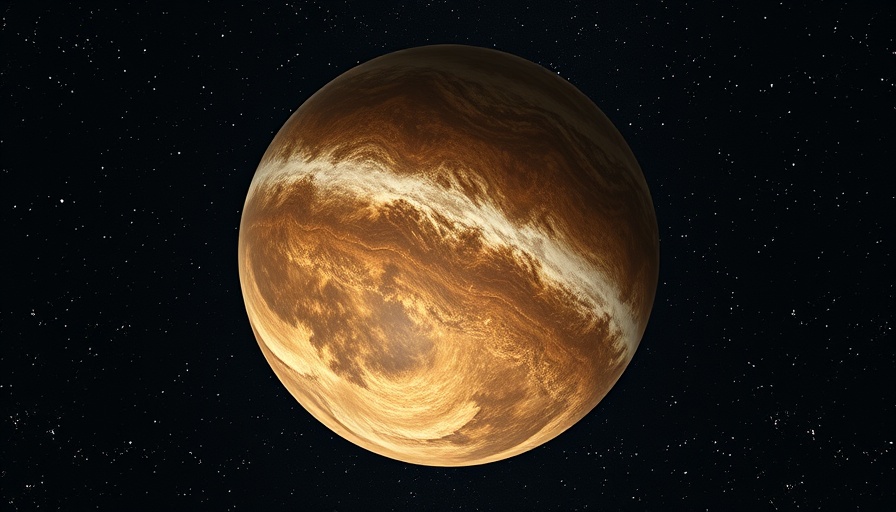
Discovering 2017 OF201: A Potential New Dwarf Planet
A group of scientists from the Institute for Advanced Study’s School of Natural Sciences has made an exciting discovery: a new celestial body they believe could be classified as a dwarf planet, named 2017 OF201. Not only does this find add another member to the ranks of dwarf planets, but it also presents characteristics that align closely with its well-known counterpart, Pluto.
The Eccentric Journey of 2017 OF201
This newly identified object follows an astonishingly eccentric orbit around the Sun, taking a staggering 25,000 years to complete a single revolution. According to study author Sihao Cheng, 2017 OF201 only becomes detectable at specific times, as it orbits far away from the Earth. Its aphelion—the farthest point from the Sun—extends over 1,600 times the distance of Earth’s orbit, while its perihelion is around 44.5 times that of Earth. These distances closely mirror the characteristics of Pluto’s orbit.
The Mystery Behind Its Orbit
Researchers are curious about the dynamics that have shaped 2017 OF201’s orbit. The hypothesis suggests that interactions with a giant planet might have propelled this object into a vast path around the Sun, resulting in its intriguing orbit. Eritas Yang, another researcher involved in the study, explained that 2017 OF201 only spends about 1% of its time within reach for detection, leading scientists to believe that numerous other similar objects lurk undiscovered in the outer regions of our solar system.
Potential Implications for Astronomy
The implications of identifying new dwarf planets like 2017 OF201 extend beyond mere categorization; they challenge our understanding of planetary formation and the potential for many more bodies orbiting our Sun that remain hidden. Despite advanced telescopes and imaging techniques, much of our own solar system’s secrets remain shrouded.
 Add Row
Add Row  Add
Add 




 Add Row
Add Row  Add
Add 








Write A Comment